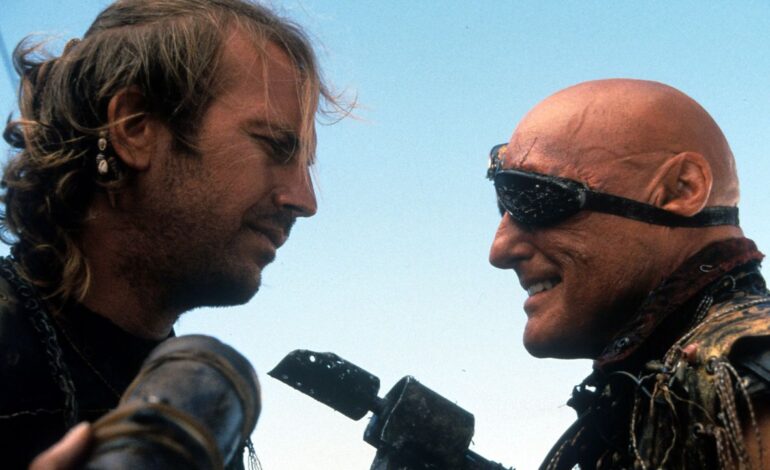Celebrating 30 Years of ‘Waterworld’: A Look Back at its Legacy

As “Waterworld” marks its 30th anniversary, the film’s reputation undergoes a re-evaluation. Released in July 1995, the dystopian sci-fi movie, starring Kevin Costner, faced harsh criticism before it even debuted. With a ballooning budget of $175 million, the production attracted scrutiny from the media, which eagerly dubbed it “Fishtar” and “Kevin’s Gate,” referencing infamous box office flops. Despite these challenges, the film defied expectations and ultimately achieved profitability through international box office returns and home media sales.
The premise of “Waterworld” is set in a future where polar ice caps have melted, submerging the planet in water. This environmental backdrop serves as more than just a setting; it reflects a cautionary tale about ecological irresponsibility. While the film struggled to capture the attention of American audiences, it emerged as a financial success overseas, proving that its appeal extended beyond its troubled production history.
Filming “Waterworld” presented unique challenges, particularly due to its oceanic setting. Director Kevin Reynolds faced severe weather conditions, including a hurricane that destroyed a key set. The production team had to charter additional boats for crew transport, dramatically increasing costs. Steven Spielberg, known for his experience with water-based filming during “Jaws,” advised Reynolds to consider studio settings, but the team remained committed to capturing the authenticity of real waves.
The film’s central character, the Mariner, portrayed by Costner, navigates a lawless world filled with adversaries known as the “Smokers,” led by Dennis Hopper‘s flamboyant Deacon. This antagonist symbolizes humanity’s relentless dependence on fossil fuels, a theme that resonates through the film’s narrative. The film’s setting showcases floating settlements where society has adapted to a life without land, trading dirt as currency, and recycling materials for survival.
Despite its ambitious world-building, the film suffers from a script that struggles to match its visual spectacle. While Hopper’s performance injects some much-needed energy, the humor is sparse, and the character development feels lacking. The decision to transform the Mariner into an “Ichthyus Sapien,” a human with gills and webbed feet, raises questions about the plausibility of its story. It is noteworthy that the US Geological Survey estimates that rising sea levels could reach around 70 meters if all glaciers melt, but the film’s portrayal of rapid evolution condenses an unrealistic timeline into its narrative.
As audiences revisit “Waterworld” through streaming platforms like Apple TV and Prime Video, the film stands as a testament to the era of practical effects and ambitious storytelling. While it may not have resonated universally upon release, its 30-year legacy invites viewers to look beyond its initial failures and appreciate its contributions to the genre.
In conclusion, “Waterworld” is more than just a flawed film; it serves as a cultural artifact reflecting both the aspirations and challenges of its time. As it celebrates three decades, its reputation continues to evolve, suggesting that some cinematic experiences deserve a second chance.






